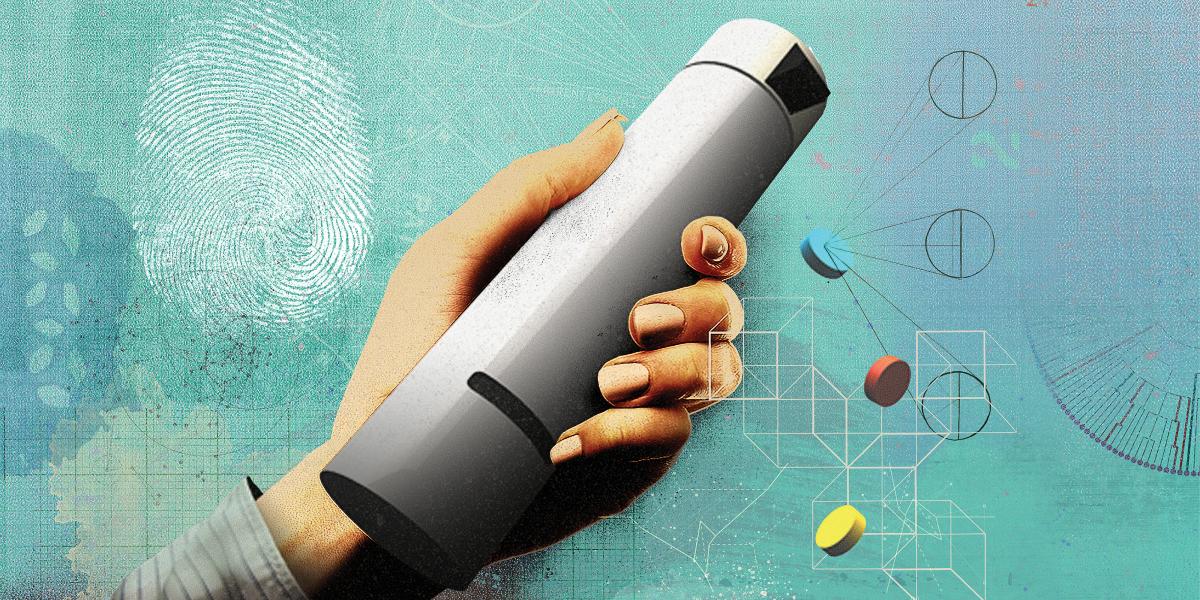Human Touch
A new fingerprint-operated pill dispenser aims to reduce opioid pilfering.
Soon, your opioid medication can be dispensed with just the touch of a finger—but only your finger, and only at the scheduled time. As the opioid and heroin epidemic continues to ravage communities nationwide, Andrea Gielen, ScD ’89, ScM ’79, director of the Johns Hopkins Center for Injury Research and Policy, and four mechanical engineering students from the Johns Hopkins Whiting School of Engineering, along with their faculty mentors, came up with a solution: a medication container that can only be accessed by the patient and the pharmacist.
This fingerprint-operated pill dispenser prototype—which functions like unlocking an iPhone—takes child safety caps to the next level. “Child resistant packaging was one of the big success stories because it reduced poisoning in young children by almost 40 percent,” Gielen says. However, they only protect those ages 5 and under. Gielen notes that teenagers and adults who report using prescription pain medications recreationally most often say they get them from family and friends, often without their knowledge. With this dispenser, she hopes to keep those pills only in the hands of the prescribed—with a fingerprint to prove it.
